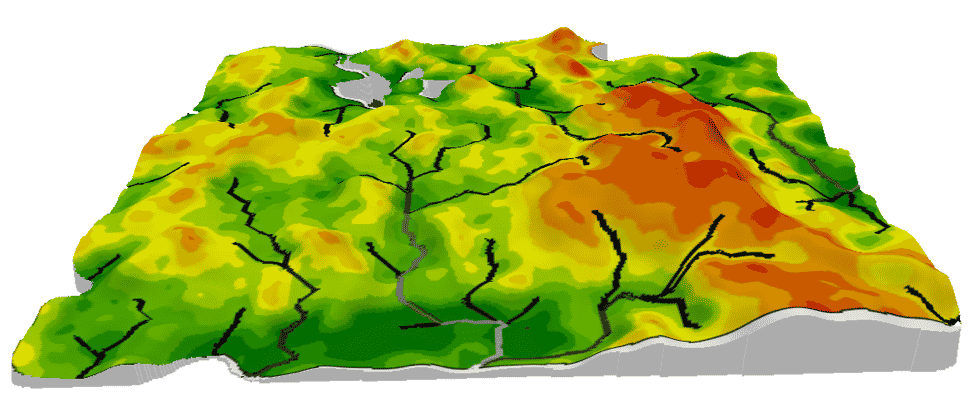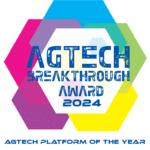Yield Stability and Investment Risk

Yield stability… what does that mean? To me, it means the probability of getting a target yield in a specific area of the field. It also means the risk associated with a return on investment of applied nutrients which is perhaps the more important way to look at it.
As an advisor in a precision ag business, my goal from a simple standpoint is to allocate nutrient dollars to areas of a field or farm where there is a high return on investment, and reduce investment in areas of low return. For the most part, this involves detailed soil, water, and topography mapping using SWATMAPS paired with zone soil sampling. This delineates areas of the field with similar fertilizer response characteristics, which is great. But there is another component that I also consider - the riskinvolved with a fertilizer investment in each management zone.
Take the SWATMAP for the field below as an example. Let’s assume this field is in north central Alberta, in a relatively high rainfall area. While the zone 10s in this field have ‘nice’ depressions – deep black, non-saline soils – they are very prone to water logging in spring and flooding in mid-summer. If they don’t flood though, they can yield very well with very little fertilizer. So zone 10 is an unstable, high risk investment area.
Zones 1 and 2 in this field would normally be water limited, even in this wet environment, so they are low to average yielding areas but fairly stable. It would take a bad drought to not have a reasonable yield, so I’d rate these areas as moderately stable with moderately low investment risk.
The mid-slope zones 4-8 are very high producing areas that are also very stable since they are not the driest parts of the field, nor do they flood in a wet year. They always grow a crop, often with the highest yields in the field. So I rate them as stable high yields with low investment risk.


The risk is largely dependent on water and landscape position – soil water holding capacity, typical rainfall, and available soil water at seeding. This is the reason we are seeing so much interest in soil moisture probes, even in dryland agriculture. If we took this same SWATMAP and assumed it was at Oyen, AB – the risk scenario by zone may look a lot different in a much drier environment!
Of course, investment risk is just part of the equation, since many people are willing to take a risk if the potential return is high. Take sulfur for example – the soil test values show a very strong topographical trend in this field, also no doubt influenced by organic matter mineralization making zones 1-2 quite deficient while zones 9-10 are testing very high (this is a verycommon trend). While the risk might be considered higher in zone 1 than zone 8, the potential return from applied sulfur is likely much higher in zone 1, so I’d allocate more sulfur there. The return on applied S in zone 8 might not be great, but it’s also very low risk. Zone 10 is high risk and a likely low return, so would you invest anything in sulfur there?
My final comment is this is typically very nutrient specific. The ROI of some nutrients like P and K should be looked at as having a long-term return, not just one year. Nitrogen on the other hand, being subject to many forms of loss, should largely be looked at as a one-year investment, unless it’s in an organic form like manure or composts. Elemental-S is a long-term investment relative to sulfate-S. Granular copper sulfate is long-term compared to foliar Cu, etc. Also, an area of the field might be very responsive to P, but not N!
Fertilizer investment risk and ROI is unique to each farm, each field, and each management zone once you have a proper map to make good decisions with. Because until you can do something with it, its just a pretty picture.
Wes Anderson, PAg
Senior Fertility Specialist - Croptimistic Technology Inc.
wes@croprecords.com









